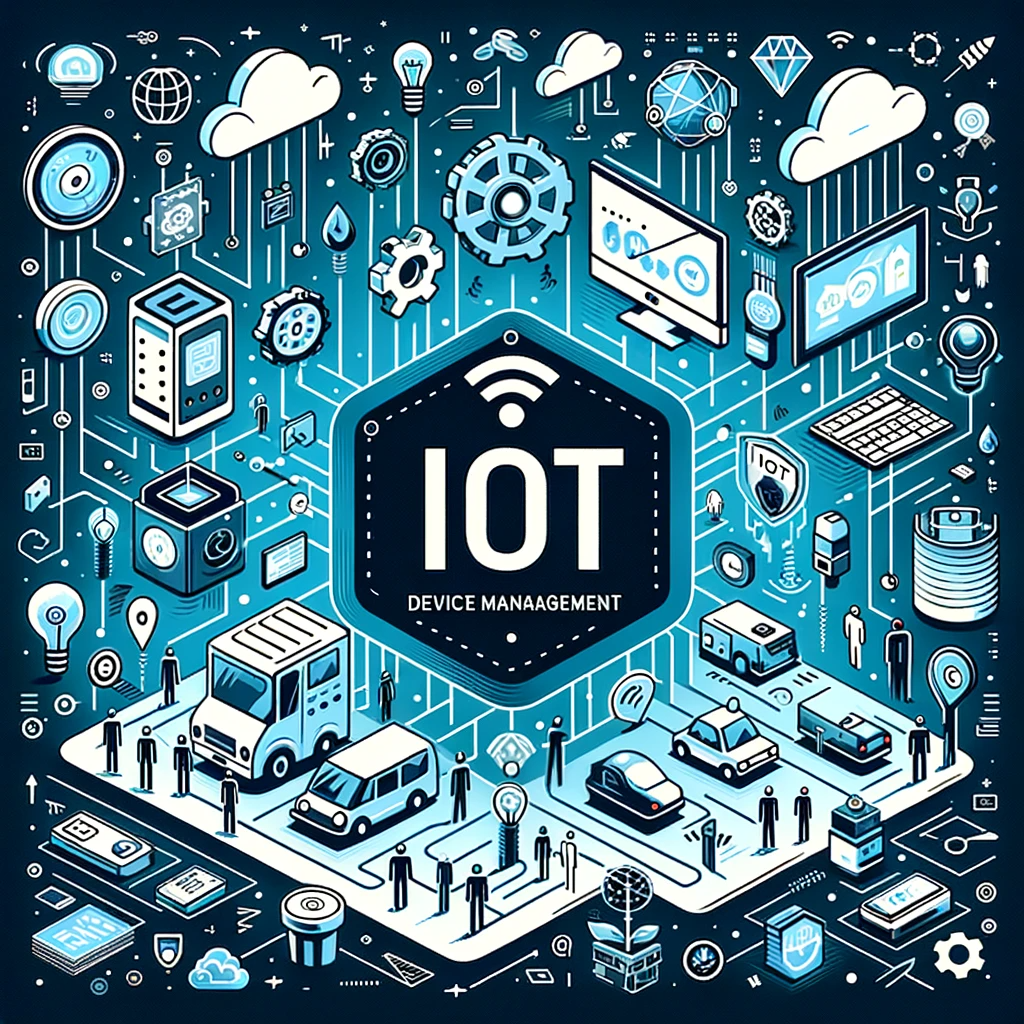
Introduction
Welcome to Secure Debug’s cybersecurity blog, where we explore the latest trends and challenges in the field. In this post, we dive deep into the world of IoT Device Management, discussing its significance, technical aspects, and best practices to ensure security and efficiency in the connected world.
The Importance of IoT Device Management
The Internet of Things (IoT) has revolutionized the way we interact with technology. From smart homes to industrial automation, IoT devices have become an integral part of our lives. However, managing these devices and ensuring their security can be a daunting task.
IoT Device Management refers to the processes and tools used to deploy, monitor, update, and secure IoT devices. With the increasing number of connected devices, effective management is critical to prevent security breaches, data leaks, and operational inefficiencies.
Key Challenges in IoT Device Management
Managing a vast network of IoT devices brings forth numerous challenges:
- Device Provisioning and Onboarding: Ensuring secure and seamless device enrollment onto the network is crucial. Robust authentication mechanisms and secure communication protocols play a vital role in this stage.
- Device Monitoring and Maintenance: Continuous monitoring and proactive maintenance are essential to identify vulnerabilities, detect anomalies, and apply necessary patches and updates.
- Data Security and Privacy: Protecting sensitive data generated and transmitted by IoT devices is of utmost importance. Implementing encryption, access controls, and secure data storage mechanisms is necessary to mitigate risks.
- Scalability and Interoperability: As the number of devices grows, managing scalability and ensuring interoperability between different devices and platforms becomes complex. Adopting standardized protocols and device management frameworks can simplify this process.
Best Practices for Effective IoT Device Management
To ensure efficient and secure IoT Device Management, consider the following best practices:
- Device Lifecycle Management: Establish a comprehensive device lifecycle management strategy encompassing device provisioning, monitoring, maintenance, and retirement.
- Secure Communication: Implement secure communication protocols such as Transport Layer Security (TLS) or Datagram Transport Layer Security (DTLS) to protect data transmission between devices and the central management system.
- Authentication and Access Controls: Deploy strong authentication mechanisms like two-factor authentication or certificate-based authentication to ensure only authorized devices can access the network.
- Regular Updates and Patch Management: Stay up-to-date with the latest firmware and security patches for IoT devices. Establish a patch management process to ensure timely updates across all devices.
- Network Segmentation: Segment the IoT network to isolate critical devices from the rest of the infrastructure. This enhances security and helps contain potential breaches.
- Security Audits and Penetration Testing: Regularly conduct security audits and penetration testing to identify vulnerabilities and address them before they can be exploited.
Conclusion
As the number of IoT devices continues to grow exponentially, effective IoT Device Management becomes paramount to ensure security, efficiency, and reliability. By following best practices and staying abreast of emerging threats, organizations can harness the power of IoT while minimizing associated risks. Secure Debug is dedicated to helping you navigate the complex world of IoT Device Management and securing your connected ecosystem.
Stay Connected with Secure Debug
Need expert advice or support from Secure Debug’s cybersecurity consulting and services? We’re here to help. For inquiries, assistance, or to learn more about our offerings, please visit our Contact Us page. Your security is our priority.
Join our professional network on LinkedIn to stay updated with the latest news, insights, and updates from Secure Debug. Follow us here.







